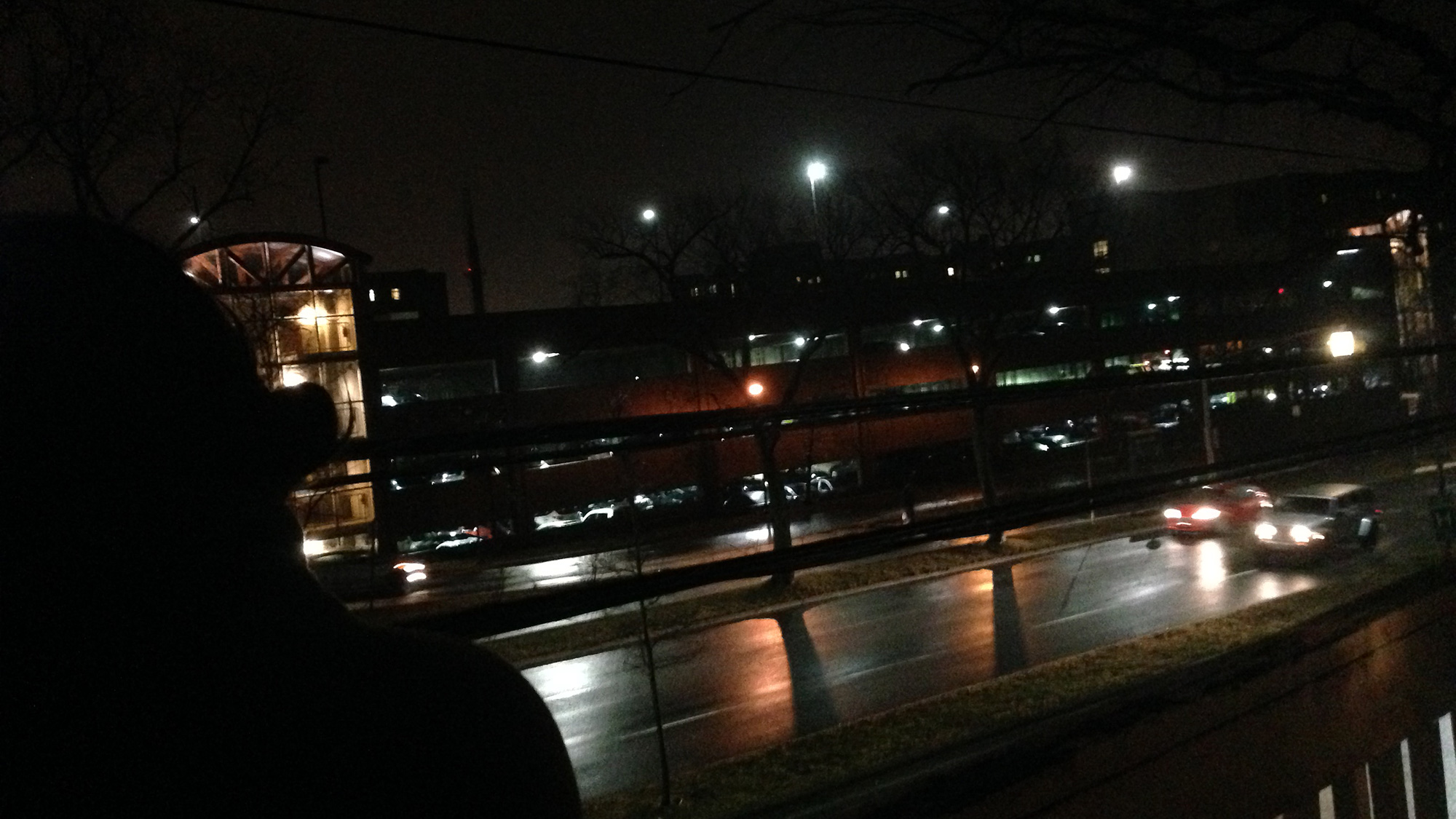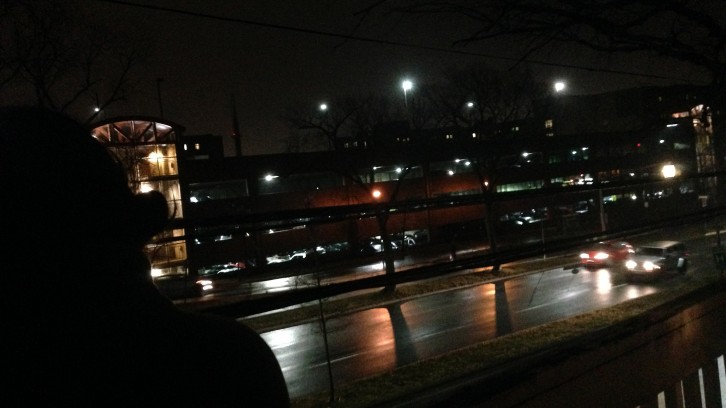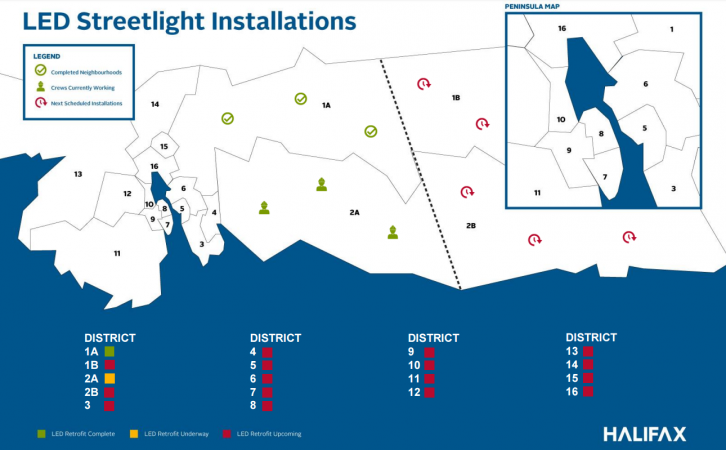Streetlights
LED streetlights going up around Halifax
More efficient and longer-lasting lights will be up within just over a year

caption
Streetlights throughout the HRM are being replaced with LED lights.
caption
Streetlights throughout the HRM are being replaced with LED lights.Streetlights across the city are on track for a brighter future.
Halifax is replacing the more than 44,000 traditional high-pressure sodium lit streetlights with energy-efficient LED technology. About 7,000 of the streetlights have already been converted since the project started in October.
Waverley and Fall River have been completely changed over, as have Robie and Dunbrack streets in Halifax. Crews are currently working in the Eastern Shore.
The city has been replacing broken bulbs with the new LED technology since 2013.
The energy saving alternative has many benefits, including brighter lights and a longer lifespan.
Morgan Soares-Astbury has been driving in Halifax for 13 years, and uses her car once or twice a week.
She lives in the south end, and for her, the new streetlights are a much needed improvement.
“The streetlight situation in this city is abysmal,” she says. “With the new lights, it makes driving so much easier, you can see almost as much as you can in daylight.”
The LED bulbs cast off a harsh blue-hued light.
In 2013, when New Brunswick made the switch to LED, many citizens complained about the quality of the lights.
Leanna Hamelin also lives in Halifax. She complains that the lights are too bright for her, both while walking in her neighbourhood and when driving in her car.
“Sometimes I’ll look up and be absolutely blinded by the lights. They hurt my eyes and the artificialness of them makes my neighbourhood look awful,” she says.
The LED lights don’t emit the same amount of heat as the old bulbs, and there have been questions raised about their effectiveness when there’s snow.
Sarah Eddy, a human resources representative for LED Roadway Lighting Ltd., the company installing the lights, says that the new fixtures work well in the cold.
She says, according to a product specialist with the company, a properly designed LED fixture should provide even heat dissipation throughout the light to melt any snow.
Reducing emissions
The city launched the project after the Nova Scotia government brought in changes to the Energy-efficient Appliances Act in 2011. Sodium streetlights are considered inefficient technology that must be replaced by December 2022.
The city has an 18-month plan to install the new lights, starting last October and ending by June 2017.
The total cost for the project is $47.6 million, which is partially funded by an $8-million streetlight reserve. The city says the new LED lights will save almost $5 million annually in power, operational and maintenance work.
The new bulbs are 100 per cent recyclable, have a lifespan of 20 years (compared to the sodium light lifespan of six years), cut energy consumption by 50 per cent, and will reduce greenhouse gas emissions by more than 30,000 tons.
Jennifer Stairs, a spokeswoman for the municipality, says that the streetlights will help meet council’s goal of a 30 per cent reduction of emissions by 2020.
“The total emissions (in 2009) was 115,564 tonnes of equivalent carbon dioxide and of that total the street lights accounted for 21,407 tonnes,” she explains.
For Soares-Astbury, the pros far outweigh the cons.
“It doesn’t matter if it looks uglier, it’s brighter, more energy efficient, and safer.”

caption
This map from the Halifax website shows the progress of the 18-month project.

